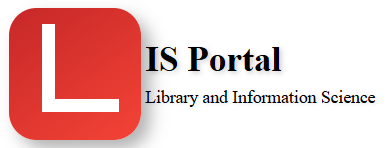Motivation and group dynamics are critical aspects of human resource management (HRM) that can have a significant impact on employee performance, job satisfaction, and overall organizational success.
Motivation: Motivation refers to the internal and external factors that drive individuals to take action, set goals, and achieve objectives. In HRM, motivating employees is critical for maintaining high levels of productivity, job satisfaction, and engagement. HR managers can use a variety of techniques to motivate employees, including offering competitive salaries, providing opportunities for advancement and career development, recognizing employee contributions and achievements, and creating a positive and supportive work environment.
Group Dynamics: Group dynamics refer to the way that individuals interact within a group or team. In HRM, understanding group dynamics is important for building effective teams, promoting collaboration, and enhancing communication. HR managers can promote positive group dynamics by creating clear goals and expectations, facilitating open communication and feedback, and promoting a culture of respect and inclusion.
In addition to motivation and group dynamics, effective HRM also involves promoting a positive workplace culture, managing employee performance, and addressing issues such as employee turnover and retention. By focusing on these key areas, HR managers can help to build a positive and productive workplace environment that supports the success of the organization over the long term.
